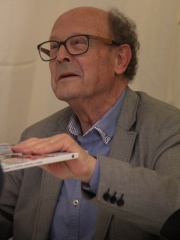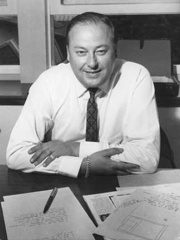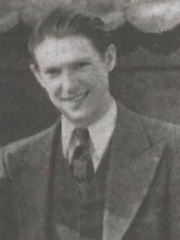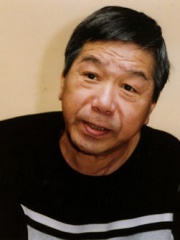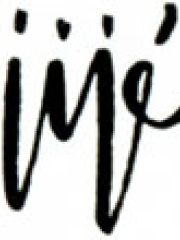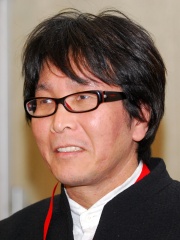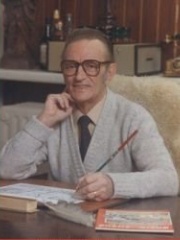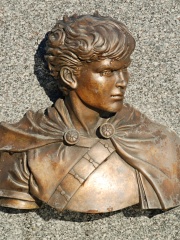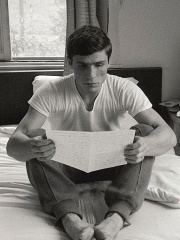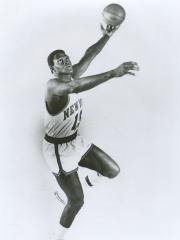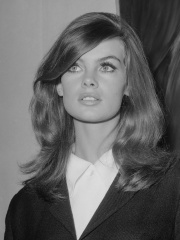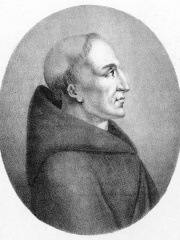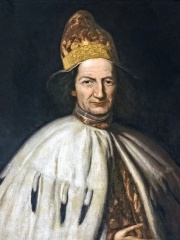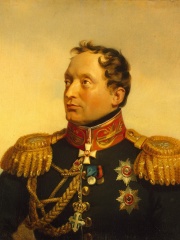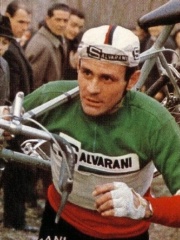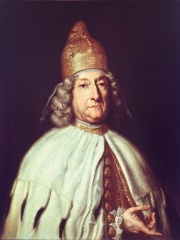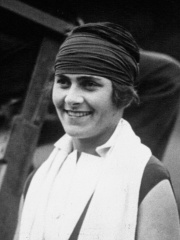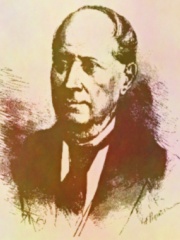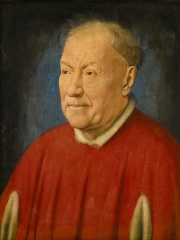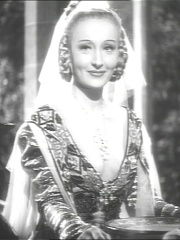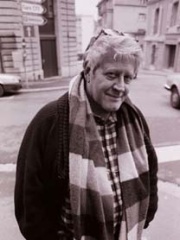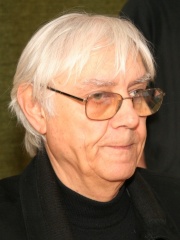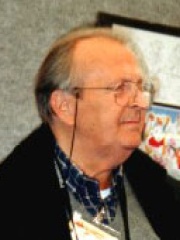Comic Artist
Marco Rota
1942 - today

 Marco Rota
Marco Rota
Marco Rota (Italian: [ˈmarko ˈrɔːta]; born 18 September 1942) is an Italian Disney comic artist who served as editor-in-chief of Disney Italia from 1974 to 1988. His Disney stories feature a style largely influenced by Carl Barks. Read more on Wikipedia
His biography is available in 16 different languages on Wikipedia (up from 15 in 2024). Marco Rota is the 101st most popular comic artist (down from 57th in 2024), the 3,487th most popular biography from Italy (down from 2,430th in 2019) and the 6th most popular Italian Comic Artist.
Memorability Metrics
Page views of Marco Rota by language
Among Comic Artists
Among comic artists, Marco Rota ranks 101 out of 226. Before him are Francisco Ibáñez Talavera, Jean-Michel Charlier, Floyd Gottfredson, Fujio Akatsuka, Jijé, and John Romita Jr.. After him are Yōichi Takahashi, Sergio Toppi, Willy Vandersteen, Sanpei Shirato, Hajime Isayama, and Jacques Martin.
Most Popular Comic Artists in Wikipedia
Go to all RankingsFrancisco Ibáñez Talavera
1936 - 2023
HPI: 57.45
Rank: 95
Jean-Michel Charlier
1924 - 1989
HPI: 57.41
Rank: 96
Floyd Gottfredson
1905 - 1986
HPI: 57.40
Rank: 97
Fujio Akatsuka
1935 - 2008
HPI: 57.40
Rank: 98
Jijé
1914 - 1980
HPI: 57.29
Rank: 99
John Romita Jr.
1956 - Present
HPI: 57.18
Rank: 100
Marco Rota
1942 - Present
HPI: 56.74
Rank: 101
Yōichi Takahashi
1960 - Present
HPI: 56.74
Rank: 102
Sergio Toppi
1932 - 2012
HPI: 56.68
Rank: 103
Willy Vandersteen
1913 - 1990
HPI: 56.68
Rank: 104
Sanpei Shirato
1932 - 2021
HPI: 56.67
Rank: 105
Hajime Isayama
1986 - Present
HPI: 56.59
Rank: 106
Jacques Martin
1921 - 2010
HPI: 56.50
Rank: 107
Contemporaries
Among people born in 1942, Marco Rota ranks 418. Before him are Eduard Malofeyev, Fernando Atzori, José Serra, Jeffrey Ullman, Pamela Tiffin, and Mike Resnick. After him are Roshan Seth, Willis Reed, Quentin Bryce, Kenichi Ogata, Jean Shrimpton, and Yevhen Stankovych.
Others Born in 1942
Go to all RankingsEduard Malofeyev
SOCCER PLAYER
1942 - Present
HPI: 56.82
Rank: 412
Fernando Atzori
BOXER
1942 - 2020
HPI: 56.82
Rank: 413
José Serra
POLITICIAN
1942 - Present
HPI: 56.81
Rank: 414
Jeffrey Ullman
PHYSICIAN
1942 - Present
HPI: 56.79
Rank: 415
Pamela Tiffin
ACTOR
1942 - 2020
HPI: 56.79
Rank: 416
Mike Resnick
WRITER
1942 - 2020
HPI: 56.75
Rank: 417
Marco Rota
COMIC ARTIST
1942 - Present
HPI: 56.74
Rank: 418
Roshan Seth
ACTOR
1942 - Present
HPI: 56.72
Rank: 419
Willis Reed
BASKETBALL PLAYER
1942 - 2023
HPI: 56.61
Rank: 420
Quentin Bryce
POLITICIAN
1942 - Present
HPI: 56.59
Rank: 421
Kenichi Ogata
ACTOR
1942 - Present
HPI: 56.55
Rank: 422
Jean Shrimpton
MODEL
1942 - Present
HPI: 56.55
Rank: 423
Yevhen Stankovych
COMPOSER
1942 - Present
HPI: 56.55
Rank: 424
In Italy
Among people born in Italy, Marco Rota ranks 3,488 out of 5,161. Before him are Francesco Antonio Vallotti (1697), Renato Pozzetto (1940), Silvestro Valier (1630), Filippo Paulucci (1779), Renato Longo (1937), and Gianni Vernetti (1960). After him are Giovanni II Cornaro (1647), Lilí Álvarez (1905), Rosi Braidotti (1954), Luigi Palmieri (1807), Niccolò Albergati (null), and Clara Calamai (1909).
Others born in Italy
Go to all RankingsFrancesco Antonio Vallotti
COMPOSER
1697 - 1780
HPI: 56.78
Rank: 3,482
Renato Pozzetto
ACTOR
1940 - Present
HPI: 56.78
Rank: 3,483
Silvestro Valier
POLITICIAN
1630 - 1700
HPI: 56.77
Rank: 3,484
Filippo Paulucci
NOBLEMAN
1779 - 1849
HPI: 56.77
Rank: 3,485
Renato Longo
CYCLIST
1937 - 2023
HPI: 56.76
Rank: 3,486
Gianni Vernetti
POLITICIAN
1960 - Present
HPI: 56.76
Rank: 3,487
Marco Rota
COMIC ARTIST
1942 - Present
HPI: 56.74
Rank: 3,488
Giovanni II Cornaro
POLITICIAN
1647 - 1722
HPI: 56.74
Rank: 3,489
Lilí Álvarez
TENNIS PLAYER
1905 - 1998
HPI: 56.74
Rank: 3,490
Rosi Braidotti
PHILOSOPHER
1954 - Present
HPI: 56.74
Rank: 3,491
Luigi Palmieri
GEOLOGIST
1807 - 1896
HPI: 56.73
Rank: 3,492
Niccolò Albergati
RELIGIOUS FIGURE
HPI: 56.73
Rank: 3,493
Clara Calamai
ACTOR
1909 - 1998
HPI: 56.71
Rank: 3,494
Among Comic Artists In Italy
Among comic artists born in Italy, Marco Rota ranks 6. Before him are Hugo Pratt (1927), Milo Manara (1945), Guido Crepax (1933), Romano Scarpa (1927), and Paolo Eleuteri Serpieri (1944). After him are Sergio Toppi (1932), Iginio Straffi (1965), and Zerocalcare (1983).
Hugo Pratt
1927 - 1995
HPI: 69.35
Rank: 1
Milo Manara
1945 - Present
HPI: 66.02
Rank: 2
Guido Crepax
1933 - 2003
HPI: 60.22
Rank: 3
Romano Scarpa
1927 - 2005
HPI: 59.06
Rank: 4
Paolo Eleuteri Serpieri
1944 - Present
HPI: 57.84
Rank: 5
Marco Rota
1942 - Present
HPI: 56.74
Rank: 6
Sergio Toppi
1932 - 2012
HPI: 56.68
Rank: 7
Iginio Straffi
1965 - Present
HPI: 55.62
Rank: 8
Zerocalcare
1983 - Present
HPI: 45.87
Rank: 9
